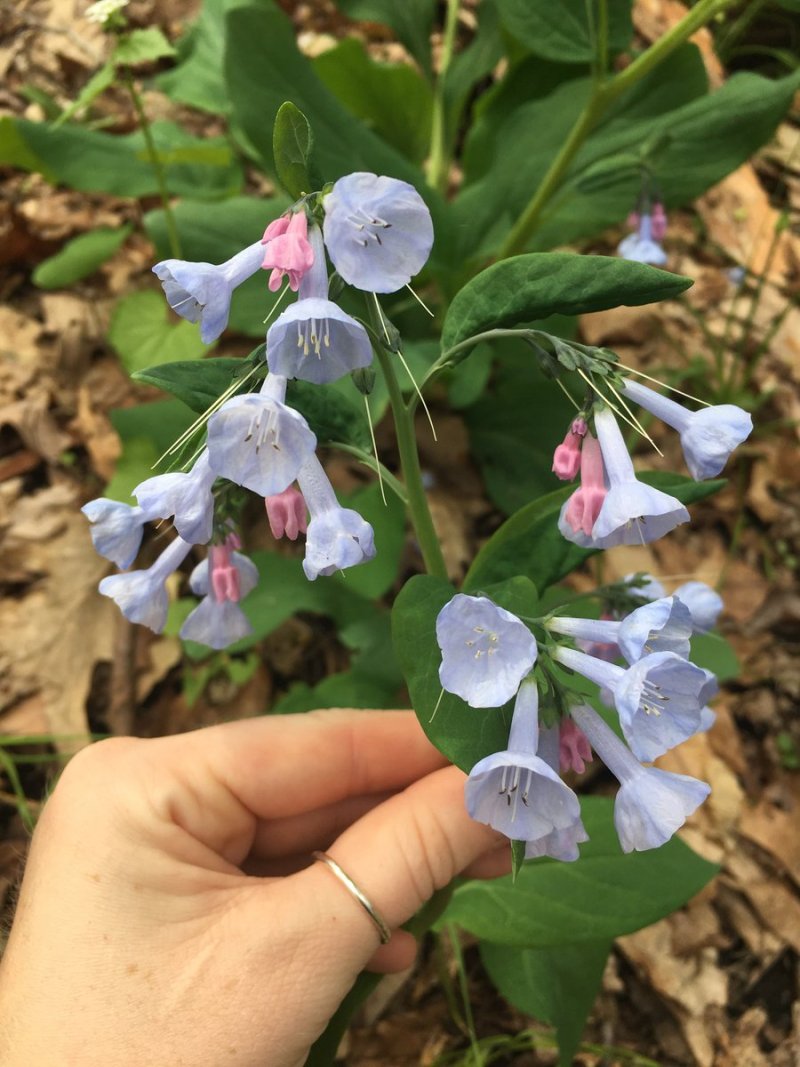Mertensia a herbaceous perennial bloomer for your yard, pot, and garden
Mertensia or M. virginica is a compact herbaceous perennial with branched stems to 45cm in height, with oval, greyish leaves and terminal clusters of nodding, funnel-shaped violet-blue flowers 2cm in length
One of the most beautiful native wildflowers, Virginia bluebells add a touch of class to any garden. They flower when the spring weather is warm and inviting, beckoning gardeners to come outdoors to see their subtle beauty, before going dormant in mid-summer.
Ever-flowering begonia in pots and flowerbeds- 33 inspirational ideas

These plants grow best in partial shade and moist, cool soil high in organic matter. Naturally, they can be found in nutrient-rich, moist soils of floodplain forests and thickets. They can be easily propagated by sowing fresh seed or dividing plants in spring. May be difficult to find in the trade.
The distinctive blue-pink flowers of Virginia Bluebells (Mertensia virginica) appear soon after the snow melts. Native to the eastern U.S., this beautiful woodland ephemeral is a most welcome harbinger of spring. In the garden Bluebells prefer a rich well-drained soil. Natural leaf mulch will enrich the soil and create the right environment for this choice species. Unlike other members of the borage family, which are often covered with bristly hairs, Virginia Bluebells stands out with its smooth foliage. The long-lived plants expand slowly and form beautiful clumps that return year after year.

Alamanda: An amazing shrub vine that brings beauty to arbors, pergolas, walls, gates and your garden
Early season pollinators appreciate the blooms, with bumblebees and mason bees providing cross-pollination during their visits. Other nectar seeking visitors include the Giant Bee Fly, butterflies, skippers, and Sphinx moths.
Virginia Bluebells go completely dormant in summer. If they are planted in the spring, Bluebells may go straight into dormancy without exhibiting any growth, in which case you can expect them to emerge the following spring. Bluebells are best planted along with other perennials, such as ferns, which will expand and cover the planting area as the season progresses. Other common names include Virginia Cowslip, Lungwort and Roanoke Bells.
Campsis: How to grow the beautiful plant in your yard and garden

Planting and Cultivation Notes



































1 comment
[…] poppies are herbaceous perennial flowers with large, brightly colored blooms featuring petals reminiscent of crepe paper. These […]
Comments are closed.